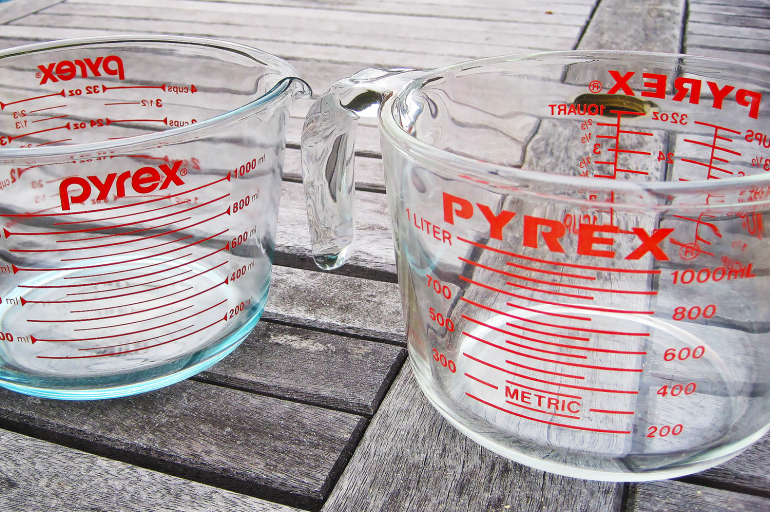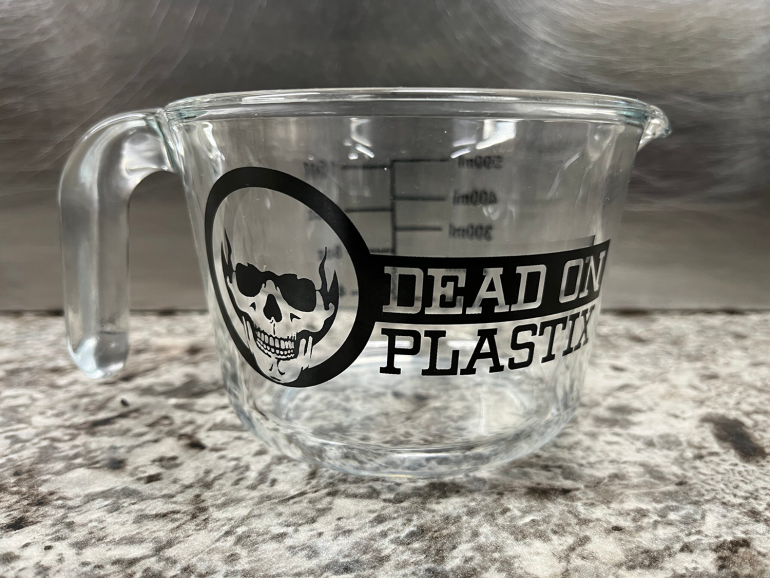Decoding Pyrex: The Tale of Two Glasses
Decoding Pyrex: The Tale of Two Glasses

Understanding the Legacy and Shift
Pyrex, a name that has graced kitchen shelves for over a century, is often associated with durable and heat-resistant glassware. This reputation was built on the foundation of borosilicate glass, a material known for its remarkable resistance to thermal shock. However, despite Pyrex's long standing association with borosilicate glass, a significant shift has occurred. For the past 25 years, almost no major U.S. retailer has offered Pyrex measuring cups made from borosilicate glass. Instead, these cups are now predominantly made from soda-lime glass, a material with different properties and durability. This transition has led to confusion and misinformation, as many still recommend modern Pyrex (spelled in lowercase) under the assumption that it is made of borosilicate glass.

What is Borosilicate Glass?
Borosilicate glass, the original material of Pyrex, is renowned for its excellent resistance to thermal shock. This type of glass contains a significant proportion of silicon dioxide and boron trioxide, which give it a low coefficient of thermal expansion. This means that borosilicate glass doesn't expand or contract as much as other types of glass when exposed to temperature changes, making it less likely to crack under such conditions. Its durability and resistance to chemical attack make it an ideal choice for applications where glass needs to withstand rapid temperature fluctuations, such as in laboratory equipment and kitchenware.

What is Soda-Lime Glass?
On the other hand, soda-lime glass, the material now predominantly used in Pyrex products in the U.S., is a different beast. While it is the most common type of glass and is used in everything from windows to bottles, the soda-lime glass in modern cookware is pre-stressed to enhance its toughness. However, this doesn't render it immune to thermal shock. The pre-stressing process does ensure that if it shatters, it breaks into smaller, less dangerous pieces, but it remains more prone to cracking under rapid temperature changes compared to borosilicate glass. Some incidents of soda-lime glass shattering could be attributed to minor damages like scratches or chips, which create stress points, making the glass more susceptible to breaking.
The Pyrex Brand Evolution
The branding of Pyrex has been a key factor in distinguishing between the types of glass. After Corning, the original manufacturer of PYREX (uppercase), licensed out the brand, the production diverged. In the U.S., pyrex (lowercase) is made exclusively from soda-lime glass. Meanwhile, in France and other regions, PYREX® still uses borosilicate glass. This distinction is crucial for those needing glassware that can withstand high temperatures without shattering.
Design Differences in PYREX
Interestingly, my own experiments have revealed noticeable differences in the design of old PYREX and modern pyrex cups. The variance in roundness and height impacts the compatibility with certain accessories, such as silicone split cups, which I have not yet been able to adapt to the newer pyrex cups. This difference could stem from licensing changes or might be an intentional move to differentiate between the two types of glass.

Spotting Borosilicate PYREX from Soda-Lime pyrex Measuring Cups
Identifying whether a Pyrex product is made from borosilicate or soda-lime glass can be straightforward. The most apparent indicator is the branding: uppercase PYREX suggests borosilicate glass, especially if it's from France or is a vintage Corning product, while lowercase pyrex indicates soda-lime glass. Other methods, like observing the hue of the glass or conducting density tests, can offer additional clues. A more blue or green hue will indicate soda-lime glass, while borosilicate glass will be crystal clear, devoid of blue or green hues.
- In the past Corning made PYREX (upper case) out of Borosilicate Glass
- In America pyrex (lower case) is now exclusively made of Soda-Lime Glass
- In France PYREX® is STILL made of Borosilicate Glass.
- Blue or Green tones in the glass can indicate Soda-Lime Glass.
- Crystal Clear glass, devoid of any color, can indicate Borosilicate Glass.
Informed Choices in a Changing Market
In a market where brands evolve and materials change, it's imperative to stay informed. Even when purchasing products from established brands like Pyrex, it's crucial to understand the materials and manufacturing processes involved. What might seem like a familiar product could have undergone significant changes over the years.

A Reliable Alternative: Dead On Plastix Borosilicate Glass Measuring Cups
For those in search of true borosilicate glass measuring cups at an affordable price, Dead On Plastix offers an excellent option. Their Borosilicate Glass Measuring Cups are really nice and feature their iconic Dead On Skull Logo! They are available at DeadOnPlastix.com. To be transparent, Dead on Plastix did not ask for, nor did they pay for this recommendation. We just feel they are great borosilicate glass measuring cups being sold at a very fair price.
Join the Making Baits Community!
Share your bait creations with us on social media and join various bait-making communities. We'd absolutely love to see the fantastic baits you've crafted! Share your bait masterpieces with our community by tagging us on most platforms with @MakingBaits.
Follow Making Baits On:
- YouTube
- TikTok
- X.Com (Twitter)
- Rumble
- Locals
- Support Our Bait Making Content via a donation.
Bait-Making Facebook Communities for More Education and Inspiration:
Join these groups to ask questions, share your bait photos, or just enjoy fellowship with other bait makers. Dive into discussions, learn from the experiences of others, and contribute your insights into the bait-making process and the business side of things.

